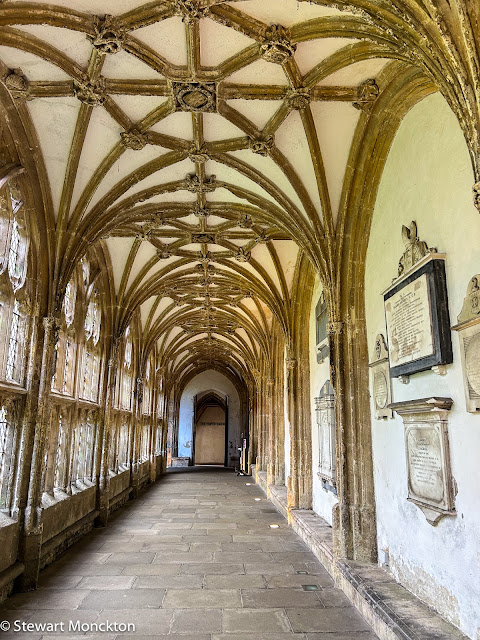Last May, for my Birthday, we booked a family balloon trip over Melbourne. Bad weather, bad luck and busy lives conspired to take us almost a year to be able to make the flight.
All four of us travelled into East Melbourne in the wee hours of the morning yesterday, to be collected and taken ballooning. It was dark when we got up, and still dark when we arrived at the take off point.
None of us had ever been up in a balloon before, so it was all a bit exciting.
The nature and route of the journey is controlled by the direction the winds are blowing - and its only possible to steer by finding wind blowing in the direction you want to go.
The first stage of the journey involved unpacking and then inflating the balloon. The first stage of inflation involves blowing air into the balloon with a huge fan, and only after the balloon is partially inflated are the burners used to add hot air.
 |
| About to start filling the balloon with air from the fan |
 |
| The balloon was very big! |
 |
| Adding some hot air. |
 |
| More hot air |
Once the balloon itself floated upright, we all had to get into the basket to act as ballast! More hot air was then blasted in.
Eddie, the pilot, did a few pre-flight checks, and then we took off. Silently. Straight up.
Of course, many of the pictures that follow are not of our balloon, but of some of the others that flew with us.
Melbourne is huge! And seeing like this was really rather remarkable.
One of the surprising things about being in a balloon is that there is no wind - as Eddie said, 'you dont feel the wind, because you are the wind!' There was only an occasional breeze when you moved between air masses that were moving in different directions.
We flew over some rather iconic landmarks - none more iconic in Melbourne than the MCG.
 |
| St. Paul's Cathedral |
 |
| CBD |
 |
| Fed Square and the City |
 |
| Centre Square, MCG |
 |
| The MCG. (The pink lights on the side are to help the grass grow.) And the balloon pilot gave the balloon a nice glow with the burners! |
 |
| Looking back at Richmond and the City |
Finally we passed over the city and landed on a sports oval. I have to say, I have had bumpier landings in a conventional airplane!
 |
| Handbrake on! |
Just as we landed, Eddie opened the 'hand brake' on the ballon. It's a huge hole at the top of balloon that vents all (well most of) the hot air from the balloon and reduces its buoyancy.
 |
| And down. |
Back on the ground, we deflated the balloon, packed it into a bag - think about putting the worlds largest sleeping bag into a sac, and went for breakfast!






























































